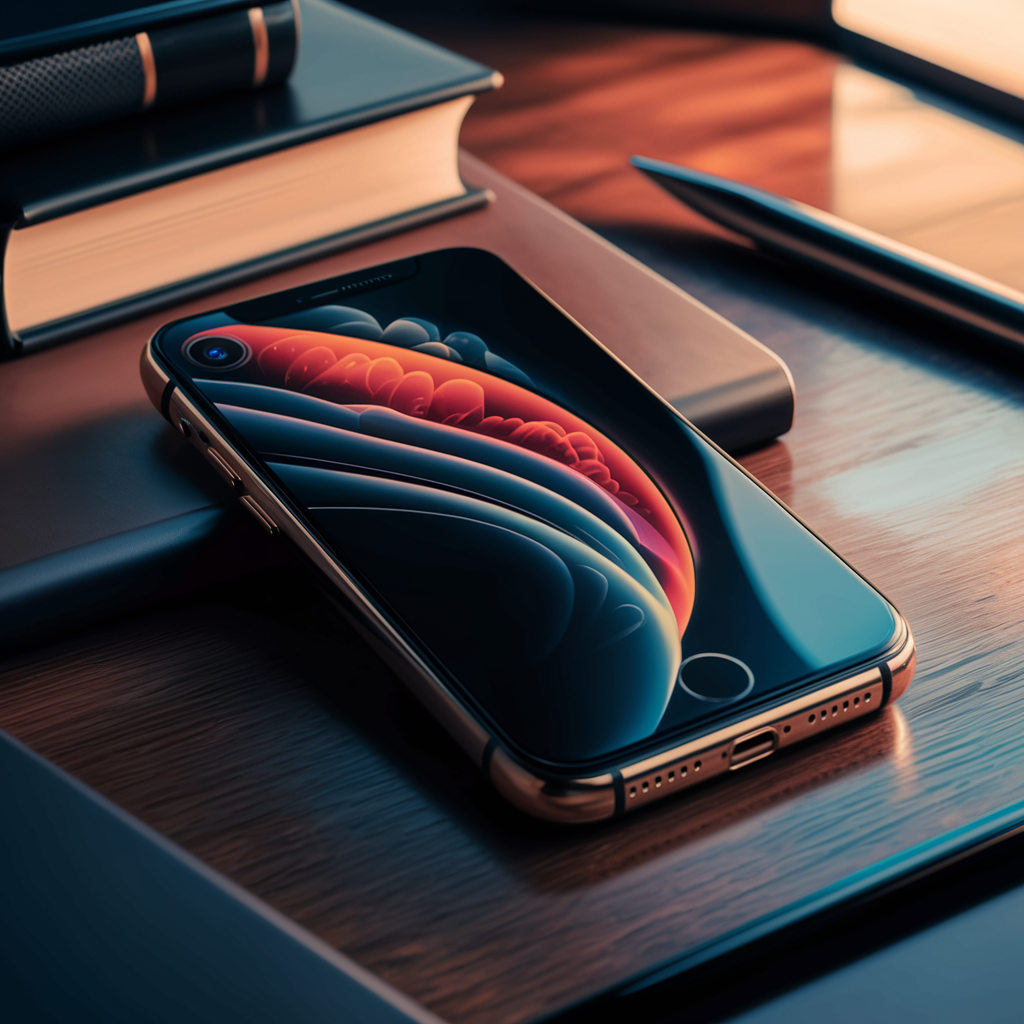How to Factory Reset Your iPhone: iPhones have become a necessary tool in our fast-paced, digital world of today. These stylish gadgets provide unmatched convenience and usefulness, whether used for handling professional activities while on the road or for maintaining relationships with loved ones. But occasionally, you might need to return your iPhone to its original configuration. A factory reset may fix a lot of common difficulties, whether you’re seeking a new start, planning to sell your device, or facing software troubles. We’ll lead you through every step of the process of resetting your iPhone in this extensive tutorial, making sure it goes smoothly and without a hitch.

Is It necessary to perform an iPhone factory reset?
You should think about factory resetting your iPhone for a number of reasons. The gadget lagging or freezing regularly, which is a common sign of underlying software problems, is one prevalent scenario. To restore your iPhone back to its initial operating condition, you may conduct a factory reset to get rid of any corrupt data or incompatible software that might be the source of these issues.
Preparing to sell or trade in your iPhone is another circumstance in which a factory reset is required. You may safeguard your privacy and stop unwanted access to your information by returning the device to its factory settings, which guarantees that all of your personal data, including messages, images, and app preferences, is safely deleted.
Furthermore, a factory reset can be the best course of action if you’re having serious battery depletion or other performance problems that aren’t fixable with conventional troubleshooting techniques. Frequently, these problems may be fixed and overall performance can be enhanced by completely cleaning the device and starting afresh.
Does Your iPhone’s Factory Reset Remove Everything?

It is true that a factory reset will remove all of the data and settings on your iPhone. This includes any saved personal data, such as contacts, images, videos, and applications. Before doing a factory reset, it is imperative to create a backup of any crucial data to prevent irreversible loss.
How Should I Handle My iPhone Before Resetting It?
To guarantee a seamless transition and reduce the possibility of data loss, there are a few things you should do before starting a factory reset on your iPhone:
Make a data backup
It is imperative that you first and foremost back up all of your vital data to iTunes or iCloud. You may save contacts, messages, movies, images, and any other information you choose to keep. To effortlessly create an iCloud backup of your iPhone, navigate to Settings > [Your Name] > iCloud > iCloud Backup, and then select “Back Up Now.”
Log out of iTunes and iCloud
Make sure you log out of both your iTunes and iCloud accounts before resetting your iPhone to avoid any problems with activation lock or iCloud account security. Navigate to Settings > [Your Name] Sign Out. To verify, enter the password for your Apple ID.
Turn off My iPhone
Make sure to turn off Find My iPhone if you have it activated before starting the factory reset. Go to Settings > [Your Name] > Find My > Find My iPhone. When asked, enter your Apple ID password and flip the switch off.
Take out the SIM card, if necessary
Remember to take out the SIM card before doing a factory reset on your iPhone if it requires one for cellular access. By doing this, any problems with network compatibility or carrier activation will be avoided.
You can make sure that your data is securely stored up and that there are no issues when you factory reset your iPhone by following these procedures.
How to Give Your iPhone a Factory Reset

After backing up your data and getting your iPhone ready, it’s time to do a factory reset. There are a few ways to start the reset, depending on the model and software version of your iPhone:
First Method: Making Use of Settings
- Launch the iPhone’s Settings app.
- After tapping General, choose Reset by swiping down.
- From the list of choices, select “Erase All Content and Settings”.
- If asked, enter your passcode; otherwise, hit “Erase iPhone” to confirm the action.
- To finish the reset procedure, adhere to the on-screen directions.
Method 2: Making use of iTunes
- Using a USB cable, connect your iPhone to a computer, then launch iTunes.
- When your iPhone shows up in iTunes, choose it.
- In the Summary panel, select “Restore iPhone”.
- Click “Restore” one more time to confirm the action.
- iTunes will install the most recent iOS software and wipe your iPhone.
Approach 3: Employing Recovery Mode
- After turning it off, connect your iPhone to a computer.
- Depending on the model of your iPhone, keep holding down the Home or Side button until the recovery mode screen appears.
- Whenever iTunes prompts you to update or restore, select “Restore.”
- iTunes will download the most recent iOS version and reset your iPhone back to its original configuration.
Regardless of the approach you select, pay close attention to the on-screen directions to prevent any mistakes or disruptions while the reset is happening.
How to Do an iPhone Factory Reset Without a Passcode
If you can’t remember your iPhone passcode and can’t get into the device, you can still use iTunes or iCloud to do a factory reset:
Using iTunes:
Launch iTunes on a PC after connecting your iPhone to it.
Restart your device forcibly while it’s connected:
- Using an iPhone 8 or later: The Volume Up and Volume Down buttons should be pressed and released in turn. Lastly, to access the recovery mode screen, press and hold this side button.
- For the iPhone 7 and 7 Plus: Hold down both the Sleep/Wake (Side) and Volume Down buttons at the same time until the recovery mode screen shows.
- For iPhone models older than the 6s, simultaneously press and hold the Home and Sleep/Wake (top or side) buttons until the recovery mode screen shows.
3. Whenever iTunes prompts you to update or restore, select “Restore.”
iTunes will download the most recent iOS version and return your iPhone to its original configuration.
iCloud usage:
- Launch a web browser and navigate to iCloud.com.
- Enter your Apple ID and password to log in.
- After selecting “All Devices” at the top of the page after clicking “Find iPhone,”
- From the list of devices, choose the iPhone that you wish to delete.
- Press “Erase iPhone” to start the factory reset from a distance.
Even if you don’t know the passcode, you can still restore your iPhone to factory settings by using these instructions.
Conclusion
To sum up, restoring your iPhone back to its original configuration can be a helpful diagnostic technique and a prerequisite when getting ready to trade or sell your smart phone. You may securely and successfully conduct a factory reset on your iPhone by following the instructions provided in this article, guaranteeing a flawless and easy process. Don’t forget to take a backup of your data, log out of iTunes and iCloud, and then reset your device using the proper procedure. You may safely reset your iPhone and take advantage of a new start with these safety measures in place.
